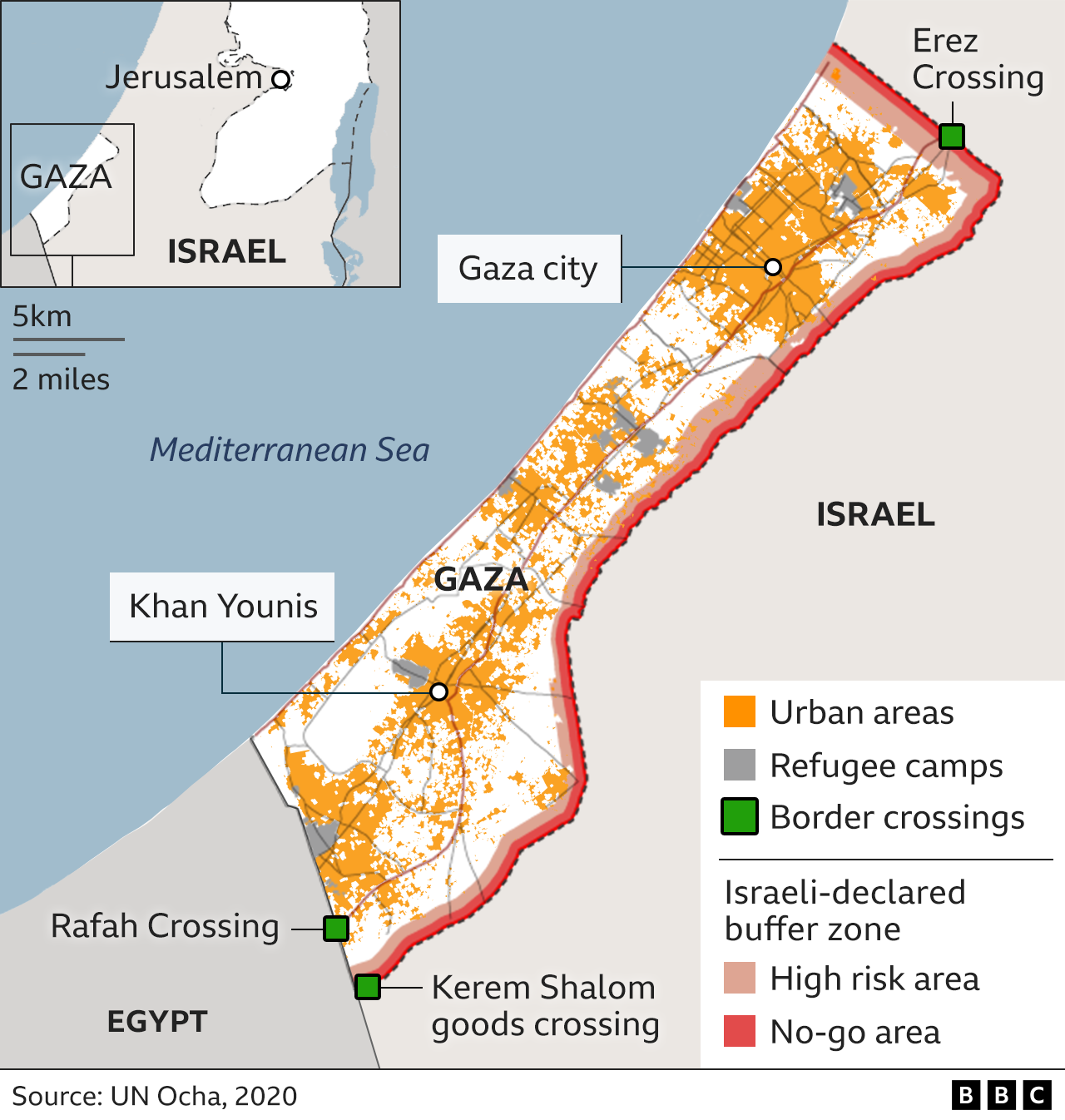GAZA-100 YEARS HISTORY
1. Context
The October 7 2023 attack by Hamas on Israel, in which more than 700 Israelis are estimated to have been killed as of Monday, is believed to be the Palestinian militant group’s response to attempts at achieving “normalisation” of relations between Israel and other Muslim countries in West Asia.
2. Hafia-Gaza
- Ten months before Haifa, the lancers and Gurkha riflemen had played a key role in another battle, fought south of Haifa in a land hugging the same Mediterranean coastline. The Third Battle of Gaza in November 1917 became the turning point in the Palestine campaign.
- The Indians fought alongside the Empire forces against the Ottomans under German General Kress von Kressentstein and the Yildirim Army Group led by Erich von Falkenhayn, who had been the Prussian Minister of War and Chief of the German General Staff. This Ottoman unit contained elements of the German Asia Corps.
- The Imperial Service Cavalry Brigade cut through Gaza and advanced up to the north-east end of the Gaza Strip. Intense maneuvers and engagements later, the Ottoman forces retreated.
3. Gaza Patti
- Indians call the Gaza Strip the Gaza Patti. And it is just that — a sliver of land between Israel and Egypt, the Mediterranean to its west, home to more than 20 lakh Palestinians in an area barely 365 sq km in size, one of the most densely populated regions on the planet.
- The Gaza Strip and West Bank constitute the State of Palestine, and India became one of the first countries to grant it recognition in 1988. Eight years later, India opened a representative office in Gaza, which was shifted in 2003 to Ramallah, a city in the West Bank and the de facto capital of the State of Palestine.
- Occupied by the British in 1918 after the defeat of the Ottomans in the Great War, Gaza passed into Egyptian hands following the 1948 Arab-Israeli War at the end of the British Mandate for Palestine
- An All-Palestine Government functioned as an Egyptian puppet regime, but that pretence ended in 1959 when it was dissolved by Gamal Abdel Nasser and Cairo’s military rulers seized control of the Strip
- In June 1967, threatened by a coalition of Arab states, Israel launched preemptive airstrikes against Egyptian airfields and military facilities. Its ground troops overran the Gaza Strip and Sinai Peninsula, seizing it from the Egyptians.
- It also took the West Bank, including East Jerusalem, from the Jordanians and the Golan Heights from the Syrians. The Six-Day War ended in a decisive Israeli victory.

4. Realisations after War
- The Yom Kippur War of October 1973, in which Israel again defeated the Arab coalition after being surprised on the Jewish holy day, was to shape the course of the present. There was realisation even in Israel that a state-of-war preparedness could not go on forever.
- As the Egyptians moved out of the Soviet constellation, efforts were stepped up to negotiate a peace process
- The Camp David Accords of 1978 changed politics in the region — Israel agreed to pull out of Sinai if Egypt were to establish diplomatic ties
- Part of the framework of the Accords was to recognise the rights of the Palestinian people and the formation of an autonomous governing body in the Gaza Strip and West Bank.
- The Accords led to the Nobel Peace Prize for President Anwar Sadat of Egypt and Prime Minister Menachem Begin of Israel in 1978
- The Egypt-Israel peace treaty followed next year, which agitated the Palestinians and prompted the Arab League to suspend Egypt.
- In 1981, Sadat was assassinated by the Egyptian Islamic Jihad as he watched a military parade to mark eight years of the crossing of the Suez by the Egyptians during the Yom Kippur War.
- The Oslo Accords of 1993 and 1995 led to the creation of the Palestinian National Authority with the Fatah-controlled administration controlling parts of the West Bank and, until 2006, the Gaza Strip.
- That year, Hamas, the militant Palestinian organisation founded in 1987 with the aim of armed resistance to Israeli occupation, won the elections.
- A year later, they ousted Fatah — which was co-founded by Yasser Arafat in 1959 and which is now led by President Mahmoud Abbas — from Gaza, and took full control of the Strip.
5. Gaza Exit Plan
- Two years before Hamas seized control, the government of Ariel Sharon unilaterally dismantled 21 Israeli settlements in the Gaza Strip and four in the West Bank, an action that generated considerable heat and talk inside and outside Israel
- In August 2005, Netanyahu, who was Sharon’s main challenger in the Likud Party, resigned from the government as it gathered to approve the first phase of the pullout, saying he could not be part of any unilateral plan that offered nothing in return
- Under the disengagement plan, Israeli settlements were dismantled, some 9,000 settlers were evicted, and the troops pulled out.
- Palestinians were told that under the Oslo agreements, Israel would continue to control the airspace over Gaza and the territorial waters
- The Strip had seven border crossings for movement of goods and people. Following a blockade in 2007, only the crossings at Rafah on the Egyptian end, and Erez at the Strip’s northern end with Israel, can be used by people.
- Israel has rejected criticism that it has turned the Strip into an open-air prison.
6. Way forward
The Hamas raids inside Israel, the killings and the rocket barrage over the weekend, have turned the spotlight on Netanyahu and his government. While Israeli aircraft have been carrying out strikes in Gaza as troops and armour mass, what remains to be seen is how far the Israel Defense Forces go.
Source: indianexpress




